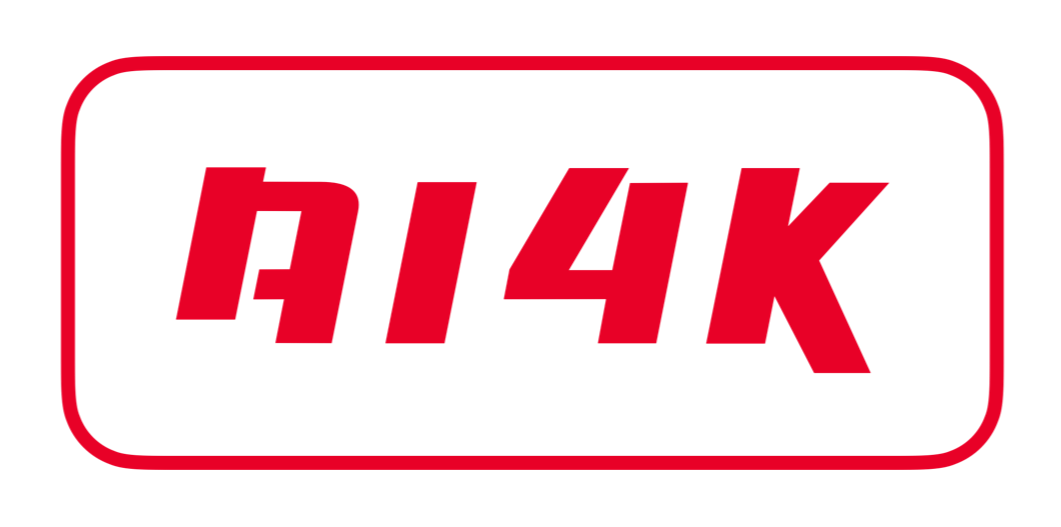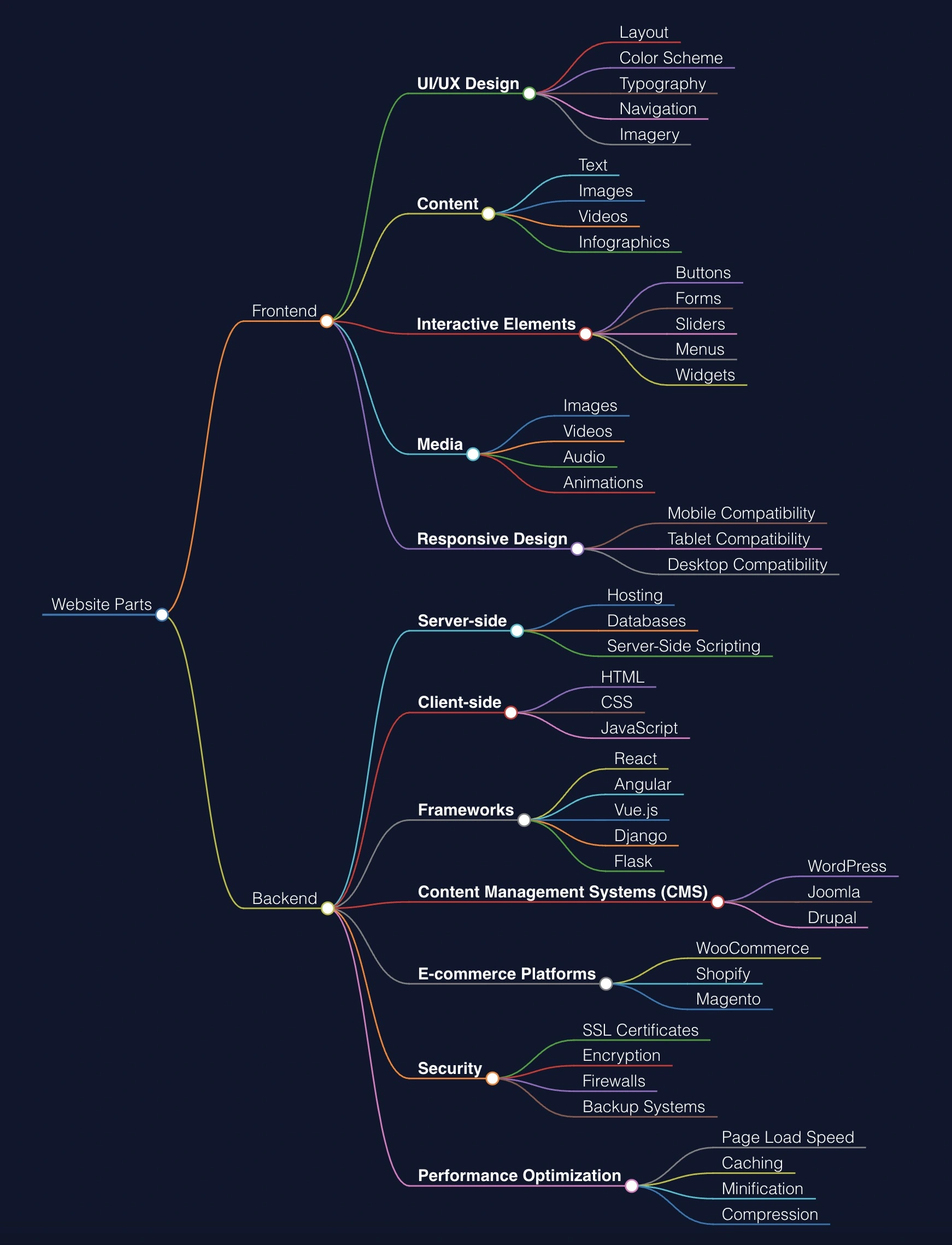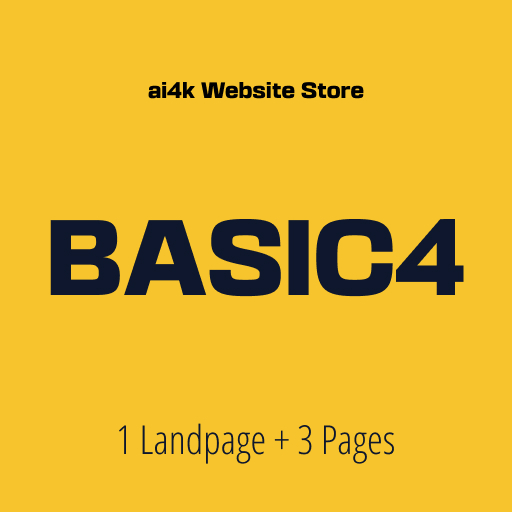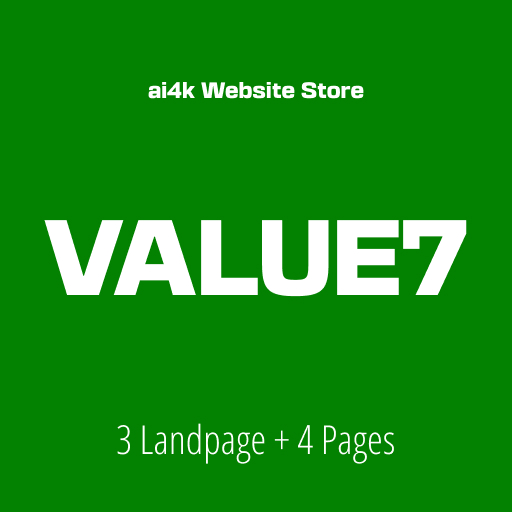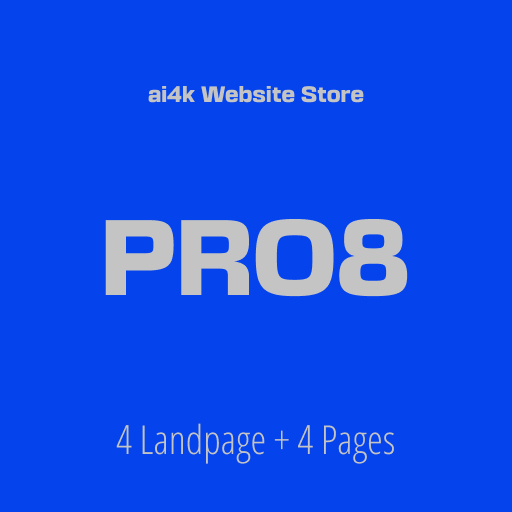What is Good Website Design?
In a previous post we talked about on how to pick a the best website designer. It is a mix between skills and confidence, but at the moment of decision, trustworthiness must permeate everything. This is what this post is about: what is the acceptable level of ethics for a good website design.
Good website design is essential for attracting and retaining visitors, encouraging them to engage with your content, and ultimately achieving your business goals.
Here are the key aspects of good website design:
User-Centered
A good website is designed with the user in mind. It’s intuitive and user-friendly, making it easy for visitors to navigate, find information, and perform desired actions. Consider user personas and their needs.
Responsive Design
Your website should be responsive, adapting to different screen sizes and devices. Mobile-friendliness is critical, as more people access websites on smartphones and tablets.
Clear Navigation
The navigation menu should be well-structured and easy to understand. Users should quickly find what they’re looking for without confusion. A logical menu hierarchy is essential.
Attractive Visuals
Visual elements, including images and graphics, should be high-quality and relevant to your content. Use a consistent color scheme and typography that aligns with your brand.
Engaging Content
Content is king. Provide valuable, well-written, and organized content that addresses your audience’s needs and interests. Use headings, bullet points, and multimedia to enhance readability.
Call to Action (CTA)
Use clear and compelling CTAs that guide visitors to take specific actions, such as making a purchase, signing up, or contacting you. CTAs should stand out visually.
Consistent Branding
Maintain consistent branding elements across your website. This includes your logo, color scheme, and messaging. Brand recognition helps build trust.
Security
Ensure your website is secure. Use HTTPS, keep software and plugins up to date, and implement strong security measures to protect user data.
Optimized for SEO
Good website design incorporates SEO best practices. This includes using descriptive URLs, meta tags, and an organized site structure. Mobile-friendliness is also an SEO factor.
Accessibility
Make your website accessible to all users, including those with disabilities. Provide alternative text for images, ensure keyboard navigation is possible, and use readable fonts and color contrasts.
Social Media Integration
If relevant to your business, integrate social media sharing buttons and feeds. This encourages users to engage with your content and share it with their networks.
Feedback Mechanisms
Include ways for users to provide feedback or contact you. This shows you value their input and can be crucial for customer support.
Analytics and Testing
Implement website analytics to track user behavior. A/B testing can help you refine your design and content to improve conversions and user experience.
Loading Speed
Websites should load quickly. Users expect fast performance. Optimize images and minimize code to reduce load times.
Legal Compliance
Ensure your website complies with legal requirements, including privacy policies, terms of service, and GDPR compliance if applicable.
Scannability
People tend to scan web content. Use headings, subheadings, and short paragraphs to make content scannable. Bullet points and lists can also help.
